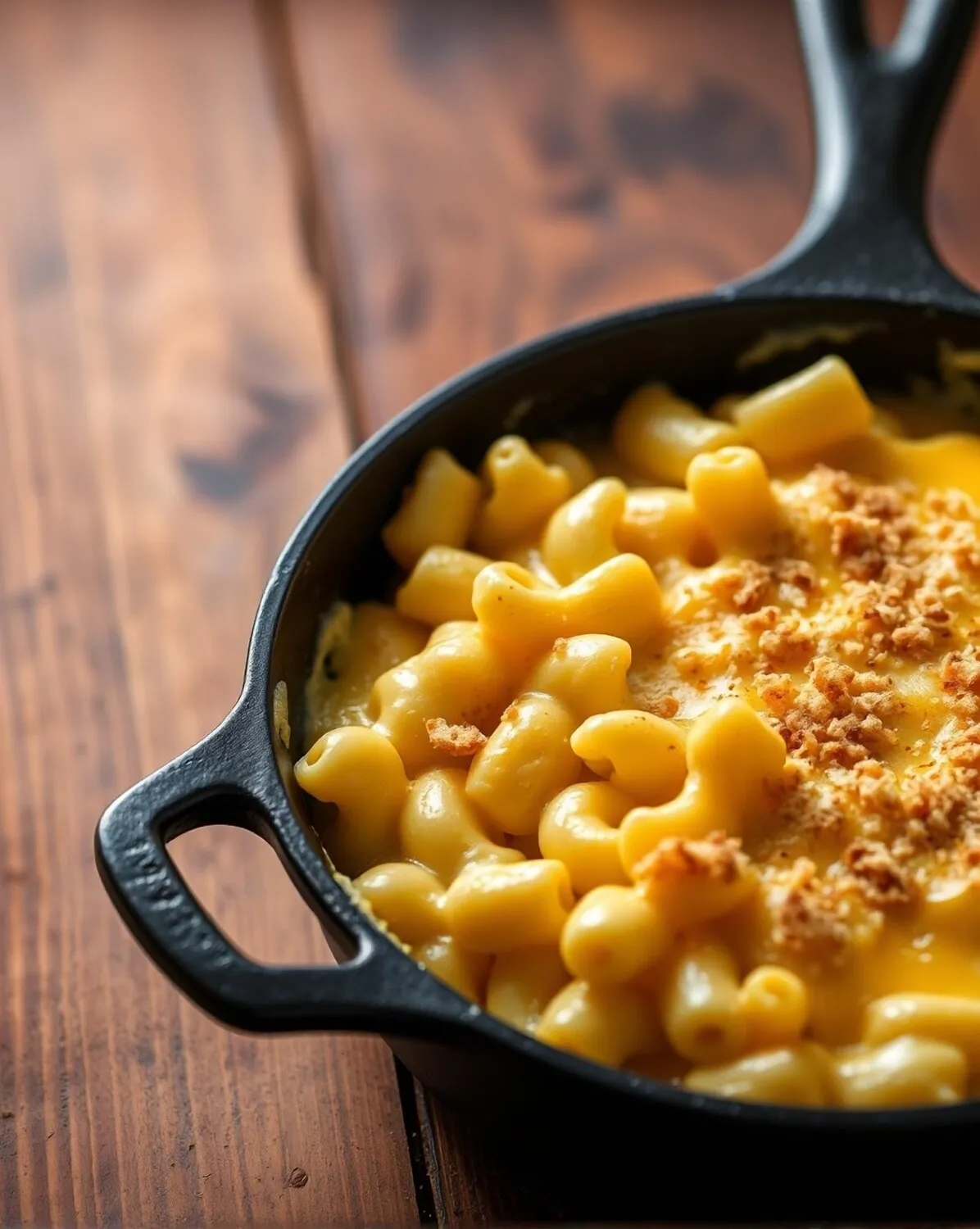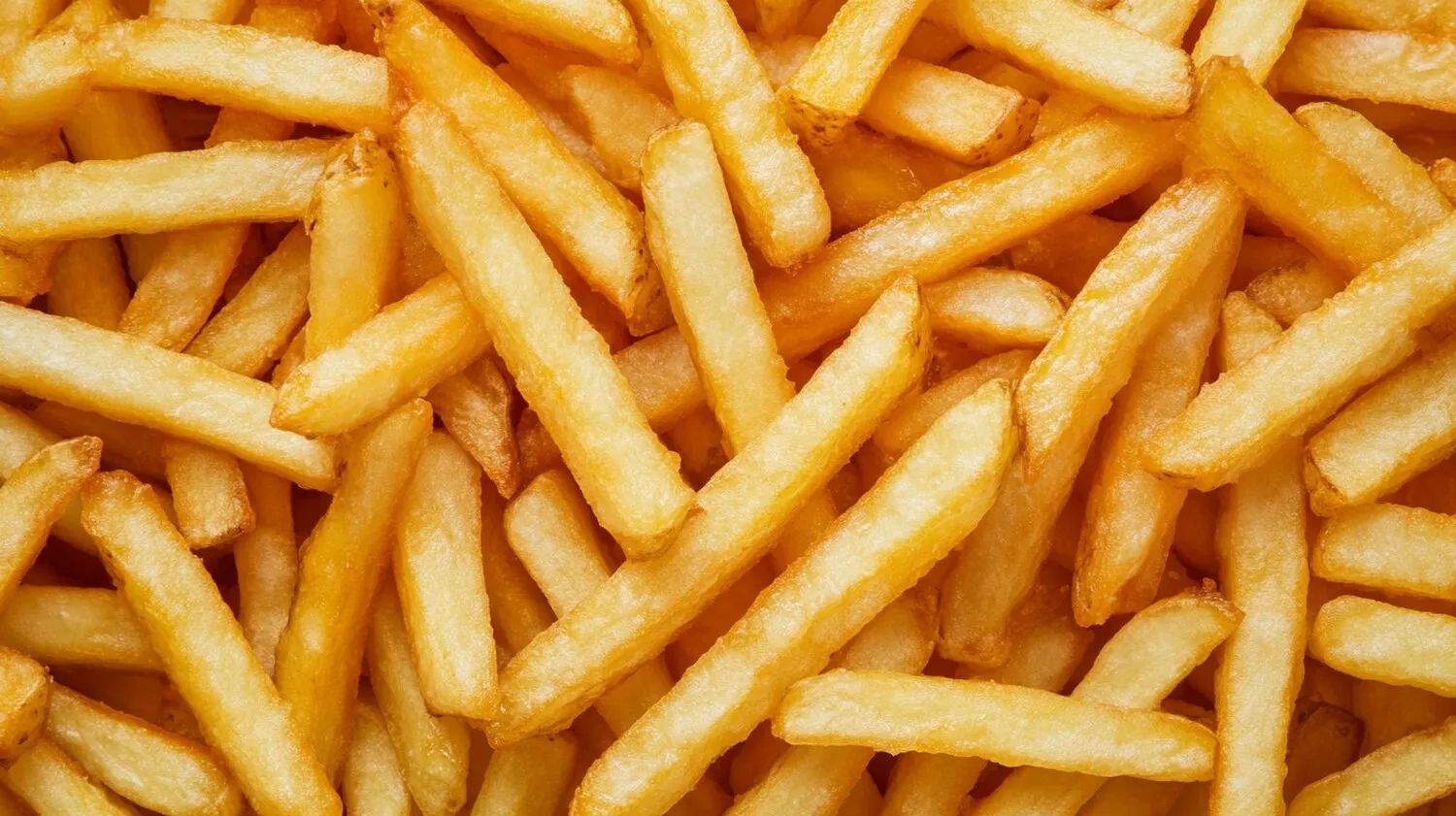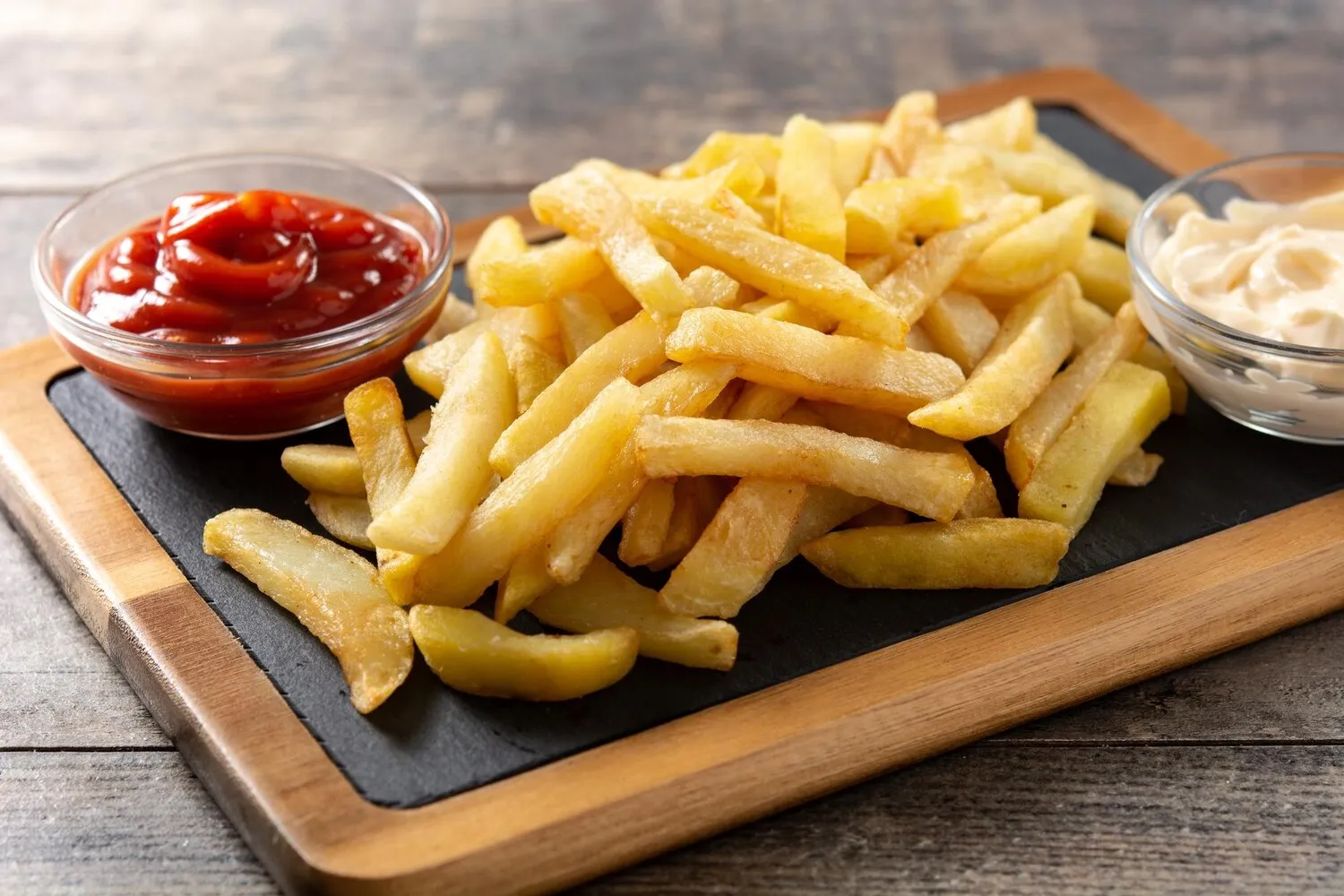
Mac and Cheese
Creamy, cheesy mac and cheese. A popular side dish.
Nutrition Facts
* The % Daily Value (DV) tells you how much a nutrient in a serving of food contributes to a daily diet. 2,000 calories a day is used for general nutrition advice.
Hattie B’s Hot Chicken
Macaroni and cheese likely evolved from pasta and cheese casseroles served in medieval Europe. Recipes featuring pasta and cheese sauces appeared in cookbooks as early as the 14th century. The dish was brought to America by European settlers and has since become a staple of American cuisine.
Mac and cheese holds a significant place in American culture, often associated with comfort food, childhood nostalgia, and family gatherings. It's a versatile dish enjoyed by people of all ages and backgrounds.
Comfort Food Staple
Mac and cheese is widely considered a quintessential comfort food, often evoking feelings of warmth, security, and nostalgia. It's frequently served during times of stress or sadness.
Family Gatherings and Holidays
Mac and cheese is a common side dish at family gatherings, potlucks, and holiday meals, particularly Thanksgiving and Christmas. It's a crowd-pleasing option that appeals to both adults and children.
Variations and Customization
Mac and cheese is a highly adaptable dish, with countless variations and customizations. People often add ingredients like bacon, vegetables (broccoli, peas, spinach), hot sauce, or breadcrumbs to personalize the dish to their tastes.
Restaurant Menus
Mac and cheese has transcended its humble origins and is now a popular item on restaurant menus, ranging from casual diners to upscale establishments. Chefs often create gourmet versions using artisanal cheeses and innovative ingredients.
Mac and cheese offers a comforting blend of creamy, cheesy, and savory flavors. The macaroni provides a mild, slightly starchy base that perfectly complements the richness of the cheese sauce.
The primary flavor profile revolves around the cheese sauce, which is typically made from a combination of cheeses like cheddar, Gruyere, and Parmesan. These cheeses contribute sharpness, nuttiness, and depth of flavor. Butter and milk or cream provide the creamy texture, while spices like mustard powder, paprika, and black pepper add subtle warmth and complexity. The macaroni itself, often elbow macaroni, provides a neutral, slightly chewy texture that contrasts with the smooth sauce.
Use High-Quality Cheese
The quality of the cheese directly impacts the flavor of the mac and cheese. Opt for good-quality cheddar, Gruyere, or other cheeses that melt well and have a rich flavor.
Don't Overcook the Macaroni
Overcooked macaroni will become mushy and detract from the overall texture. Cook the macaroni al dente, slightly undercooked, as it will continue to cook in the oven.
Make a Roux
A roux (equal parts butter and flour) is the foundation of a smooth, creamy cheese sauce. Cook the roux until it's lightly golden to eliminate the raw flour taste.
Grate Your Own Cheese
Pre-shredded cheese often contains cellulose, which can prevent it from melting smoothly. Grating your own cheese ensures a smoother, creamier sauce.
Season Generously
Don't be afraid to season the cheese sauce with salt, pepper, mustard powder, and other spices. Taste and adjust the seasoning as needed.
Explore additional Side Dish dishes and restaurants
Explore Side DishDiscover top dining spots and culinary experiences in Nashville.
Explore NashvilleLearn more about the food culture, restaurant scene, and culinary heritage of United States.
Explore United States

